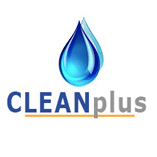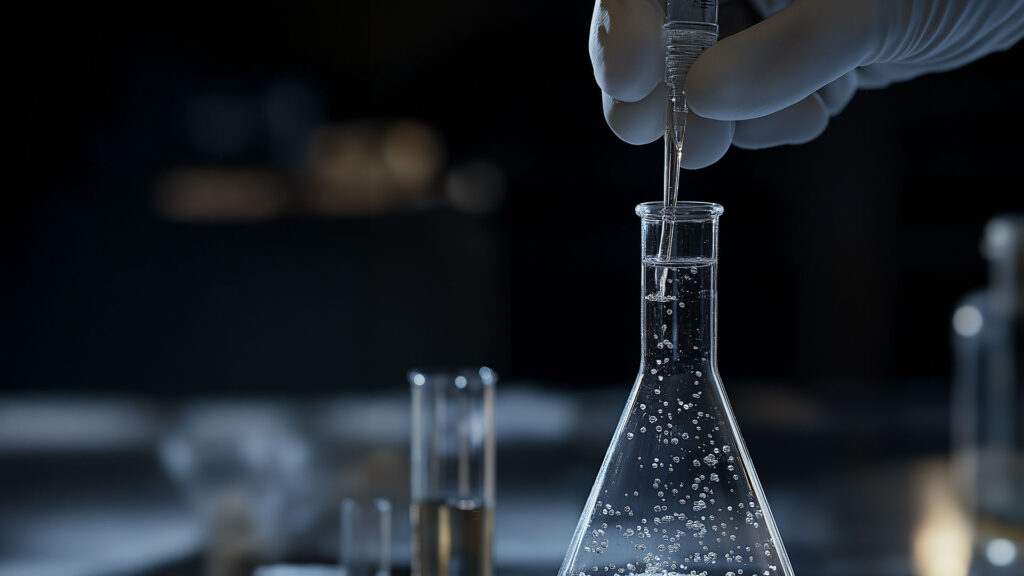When using chlorine dioxide, safety should always be a top priority.
While chlorine dioxide is effective, it is also a powerful oxidizer and requires careful handling to avoid potential health risks. Here are some key safety measures and compliance guidelines to consider:
- Personal Protective Equipment (PPE): Always use appropriate PPE, such as gloves and safety goggles, when handling chlorine dioxide. This will help prevent skin and eye irritation.
- Proper Ventilation: Chlorine dioxide can produce fumes that may be harmful if inhaled. Ensure that the area where you are using chlorine dioxide is well-ventilated to avoid exposure.
- Storage: Store chlorine dioxide kits in a cool, dry place away from direct sunlight. Proper storage is essential to maintain the stability and effectiveness of the product.
- Compliance with Regulations: Chlorine dioxide use is regulated by various health and safety authorities, including the Environmental Protection Agency (EPA) and the Food and Drug Administration (FDA). Always follow product labels and manufacturer instructions to ensure compliance with safety regulations.
- Avoid Mixing with Other Chemicals: Never mix chlorine dioxide with other cleaning agents or chemicals, as this could lead to dangerous reactions.
By following these safety guidelines and adhering to compliance requirements, you can use chlorine dioxide effectively while minimizing potential risks.
Below can read a detailed overview of best practices for handling, storing, and using chlorine dioxide, ensuring both safety and compliance.
Chlorine dioxide should be handled with utmost care due to its highly reactive nature and potential health hazards.
Using chlorine dioxide safely requires adherence to established guidelines. Only prepare and use it in small, controlled amounts to reduce the risk of accidents. In applications such as water disinfection, strictly follow recommended dosages to avoid overexposure and ensure effective treatment. Use in well-ventilated areas to prevent inhaling harmful concentrations, and monitor the air quality when working in enclosed spaces.
Proper disposal of chlorine dioxide solutions and residues is also essential to prevent environmental contamination, and users should always follow local regulations and guidelines for disposal.

